10 Celebrities Who Live in Aspen
Tucked away in the Rocky Mountains, Aspen has become a discreet haven for high-profile individuals seeking more than just a winter escape. Its blend of alpine serenity, architectural significance, and cultural sophistication continues to attract those who value privacy and prestige.
While known globally for its ski slopes, Aspen offers a lifestyle that extends far beyond powder days. The town’s elite neighborhoods provide a level of exclusivity that resonates with celebrities, entrepreneurs, and legacy families alike.
With limited inventory and rising demand, ownership in Aspen signals more than a real estate transaction, it’s a statement of lifestyle, identity, and long-term vision.
Table of Contents
- Celebrities Who Purchased Real Estate in Aspen
- Why Public Figures Flock to the Mountains
- Iconic Neighborhoods and “Billionaire Mountain”
- Notable Ownership and Architectural Identity
- Spotlight on 10 Celebrity Homeowners
- Lifestyle Perks That Attract Famous Residents
- Strategic Insights for Buyers
Celebrities Who Purchased Real Estate in Aspen
A growing number of notable figures have secured their place in Aspen's luxury real estate market, each drawn to the area's unmatched combination of natural beauty and refined living. These are not just vacation homes, they're legacy properties that offer value beyond the square footage. Whether it's a restored Victorian in the West End, a contemporary masterpiece in the Core, or an expansive estate on Red Mountain, each acquisition reflects a personal investment in Aspen’s unique culture and permanence.

The term "celebrities who purchased real estate in Aspen" refers to actors, athletes, entrepreneurs, and heirs who have chosen to own homes in Aspen’s most exclusive enclaves. Often, these decisions stem from a desire for security, tranquility, and the ability to live among other high-net-worth individuals without the constraints of constant public attention. Aspen's luxury estates, many of them ski-in/ski-out or nestled above the town with panoramic vistas, offer a rare blend of access and seclusion that few other destinations can match.
These celebrity property purchases also signal broader trends in the Aspen property market. As buyers shift from short-term stays to long-term ownership, the presence of globally recognized names reinforces Aspen’s status as a premier location for ultra-luxury real estate. The town’s commitment to preserving natural surroundings, enforcing strict design codes, and limiting overdevelopment has only increased demand. In a post-pandemic world where remote work and lifestyle flexibility have taken precedence, Aspen remains a top-tier choice for those seeking both sanctuary and sophistication.
Why Public Figures Flock to the Mountains
The draw of Aspen for high-profile individuals extends beyond its breathtaking slopes. For those who alternate between urban intensity and alpine stillness, the region delivers something meaningful, a location where wellness, privacy, and outdoor immersion converge in rhythm with the seasons.
Altitude itself plays a role in Aspen’s allure. The thinner air supports endurance training and recovery, making it a favorite among athletes and actors preparing for physically demanding roles. In warmer months, the region comes alive with wildflower-lined trails, fly fishing on the Roaring Fork, and open-air performances at the Aspen Music Festival. Winter, of course, brings elite terrain across four mountains, but it’s the seamless transition between seasons that reinforces Aspen’s reputation as a multi-dimensional destination.
The cultural landscape rewards those who appreciate subtlety. Unlike other luxury hubs, Aspen’s social fabric is built on authenticity. Events like Ideas Festival or intimate gallery exhibitions draw a crowd that values discretion over display. Residences, whether perched in Five Trees or set behind gates in Starwood, are often designed with sightlines in mind, not street visibility. In this town, fame blends into the background, and that’s exactly why it thrives here.
Iconic Neighborhoods and “Billionaire Mountain”
Red Mountain, known globally as “Billionaire Mountain”, stands as Aspen’s most exclusive ridgeline, where elevation isn’t just topographical but economic. The neighborhood’s commanding perch above the valley grants not only dramatic alpine views but also an immediate sense of detachment from the outside world. It's a location favored by those who require both discretion and dominance within their property portfolio.

Listings here rarely see the public eye. Off-market activity is the norm, with properties quietly changing hands through private placement and brokerage networks. Residences are often delivered fully furnished with exacting detail, from Bulthaup kitchens to exterior snowmelt systems. Buyers gravitate to homes that are design-complete and ready for seasonal occupancy, avoiding the delays and scrutiny of new construction under Pitkin County’s increasingly regulated land-use code. Those who acquire here are making lifestyle decisions that align with both tax efficiency and long-term asset stability.
Notable Ownership and Architectural Identity
The ownership base on Red Mountain includes an enduring mix of family offices, multi-generational wealth, and institutional-level buyers. Walmart heiress Ann Walton Kroenke, casino magnate Neil Bluhm, and candy heir William Wrigley Jr. are among those who favor the area for its balance of seclusion and proximity to the town’s cultural core. These buyers often pursue properties with layered access points, gated perimeters, and integrated staff quarters, features that transform these residences into fully autonomous mountain compounds.
Design on Red Mountain leans toward restrained opulence. Homes such as the 17,000-square-foot Summit House reflect a shift away from overt grandeur in favor of technical sophistication: geothermal heating, programmable lighting zones, and acoustically engineered entertainment spaces. Others, like the 90-acre Hala Ranch once owned by Saudi royalty and acquired by hedge fund titan John Paulson, preserve Aspen’s open land ethos with private trail systems, riverfront access, and wildlife corridors. Even undeveloped plots have drawn competitive bidding; in one case, a 4.4-acre parcel sold for $24.2 million, setting a record for an empty residential lot in Aspen.
What defines Billionaire Mountain isn’t just price, it's permanence. As regulatory constraints limit the scale and frequency of future builds, existing estates gain scarcity value not just for their location, but for what they represent: a vanishing category of bespoke, alpine residential assets.
Spotlight on 10 Celebrity Homeowners
The presence of public figures in Aspen’s real estate market offers a rare glimpse into a world where architecture, privacy, and geographic positioning intersect with lifestyle priorities. These buyers aren’t chasing headlines, they’re selecting properties that satisfy nuanced demands: architectural integrity, environmental harmony, and long-term usage. Each estate reflects a distinct acquisition lens, often shaped by legacy goals, design sophistication, and the evolving rhythm of mountain living.
- Jack Nicholson’s Former Home
The storied West End property once owned by Jack Nicholson offers a compelling case of historic preservation paired with contemporary expansion. Originally purchased in 1980, the home, later known as the Newberry House, was comprehensively redeveloped while retaining its 19th-century Victorian framework.
Its transformation into a modern, 7,900-square-foot estate occurred under the direction of Ellen Bronfman Hauptman, who acquired the property in 2013 before selling it off-market more than a decade later. The home’s architectural duality, walkability to downtown, and adjacency to protected land have made it one of the most talked-about private sales in recent Aspen real estate news.
- Byron Allen’s Mansion
Byron Allen’s former Aspen home, designed by David Johnston Architects and completed in 2015, reflects the convergence of luxury aesthetics and performance engineering. The 9,000-square-foot residence sits just above the Roaring Fork River and includes a concealed service wing, radiant flooring systems, and gallery-quality lighting integrated throughout.
Its off-market sale at $60 million, more than double Allen’s original purchase price, underscores the demand for newer builds that deliver both scale and intimacy. With moody interiors, oversized glass openings, and a low-profile silhouette, the home achieves what many celebrity homes in Aspen aim for: a design-forward residence that disappears into its surroundings.
- Nicolas Cage
Nicolas Cage’s real estate strategy often involves acquiring properties that allow for creative isolation. In Aspen, his preference for forest-adjacent homes with minimal exposure aligns with a broader trend among actors who need time away from the public sphere between projects.
While details remain confidential, industry observers note that Cage has gravitated toward homes with organic material palettes, subtle exterior massing, and direct access to unmarked trailheads, factors that enable both physical and mental detachment. It’s the kind of quiet luxury that defines Aspen’s understated allure for performance-driven individuals.
- Claire Danes
Claire Danes and Hugh Dancy, known for their understated personal style, reportedly selected an Aspen residence that mirrors that ethos. The property, believed to be within a woodsy enclave outside the Core, balances contemporary design cues with locally sourced finishes.
The home’s appeal lies in its proximity to trail systems and low-traffic ski access points, favoring solitude over spectacle. Its interiors are said to reflect a Scandinavian-modern influence, light-toned woods, stone accents, and minimal ornamentation, designed to support a family lifestyle without compromising spatial elegance.
- Jeff Bezos’ Family
The Bezos family’s foothold in Lower Red Mountain is widely regarded as an example of long-horizon real estate planning. The 10,600-square-foot residence, acquired years prior to the tech boom, integrates seamlessly into the hillside with a design that prioritizes energy efficiency and visual restraint.
Landscaping plays a central role, with mature vegetation shielding the home from public view while preserving mountain sightlines. The structure itself avoids ostentation, instead utilizing stone, glass, and steel to create a residence that appeals to those who value continuity, discretion, and integration with native terrain.
- Michael Dell’s Relatives
Members of the Dell family were among the early adopters of Aspen’s high-elevation luxury market. Their Upper Red Mountain residence, reported to span over 8,500 square feet, was developed with an emphasis on enduring value and minimal maintenance, hallmarks of long-term portfolio properties.
The architectural language relies on symmetry, restrained materiality, and perimeter landscaping over showpiece elements. It’s a home optimized for extended family gatherings and seasonal transitions, with infrastructure designed to support multiple generations without requiring constant updates or stylistic overhauls.
- John Paulson
John Paulson’s acquisition of the Hala Ranch introduced a new chapter in the life of one of Aspen’s most iconic properties. The 90-acre estate, once owned by Saudi royalty, features a network of interior roads, equestrian facilities, and a main residence that spans over 50,000 square feet.
What distinguishes Paulson’s approach is his stewardship of the land. Rather than subdividing or redeveloping, he has preserved the ranch’s original scale and utility, allowing it to function as a private retreat with conservation potential. In a market where parcels this large are now effectively unobtainable, the property has become a study in legacy landholding.
- Ann Walton Kroenke
Ann Walton Kroenke’s presence in Red Mountain is defined by quiet consolidation. Over time, she has acquired multiple parcels to assemble a larger footprint, often through private transactions that avoid public listings.
Her residences are known for their minimal visual impact, architectural volumes are broken up to reduce scale perception and blend more naturally into the ridge. The emphasis is on land preservation, view corridors, and long-term viability rather than short-term visual statements, a strategy that reflects a broader shift in how high-net-worth individuals approach land use in sensitive alpine zones.
- Neil Bluhm
Philanthropist and financier Neil Bluhm has earned a reputation for aligning his real estate interests with his cultural commitments. His Aspen property, believed to be near the Benedict Music Tent, was chosen for its adjacency to Aspen’s intellectual and artistic hubs rather than its elevation or isolation.
The home reportedly includes an acoustically engineered salon space suitable for private concerts and cultural gatherings. This blend of form and function exemplifies a growing trend among Aspen’s philanthropic elite, residences that serve not only as retreats but also as extensions of their public contributions.
- William Wrigley Jr.
William Wrigley Jr.’s holdings in the Aspen area reflect a commitment to intergenerational usability. His properties emphasize flexible program layouts, guest wings, bunk rooms, and convertible outdoor spaces, designed for family continuity over decades.
Rather than seeking the largest parcel or the highest elevation, Wrigley has favored neighborhoods that offer community cohesion and seamless access to year-round recreation. It’s a strategy aligned with buyers who prioritize family memory-making, environmental stewardship, and long-term presence over transitory luxury.
Lifestyle Perks That Attract Famous Residents
For celebrities and high-net-worth individuals, Aspen offers more than just an address, it delivers an immersive environment tailored to comfort, exclusivity, and seamless living. The community operates on a rhythm that anticipates the needs of those accustomed to discretion and efficiency, with residential services, leisure amenities, and wellness access all woven into the daily fabric of life.
Seamless Access to Recreation
Unlike resort towns that rely heavily on seasonal tourism, Aspen’s infrastructure supports a dynamic lifestyle all year long. Many of the town’s most desirable residential enclaves sit just steps from private trailheads, allowing residents to begin their day on foot, bike, or horseback without venturing far from home. In Snowmass, over 70% of homes feature direct access to ski terrain, and recent developments like The Cirque x Viceroy integrate resort-level amenities, ski valets, spa access, full-service dining, within private ownership models.
During the warmer months, the network of outdoor experiences expands well beyond hiking and biking. Snowmass’s zipline, gondola sightseeing, and expanding bike park have turned the area into a year-round hub for active luxury. The appeal lies not only in the activities themselves but in the way they are accessed: directly, privately, and on the homeowner’s own schedule. It’s a model of recreation that privileges autonomy over itinerary.
Culinary and Cultural Depth
Private dining in Aspen has evolved into a curated experience that mirrors the caliber of international luxury destinations. Instead of dining out, many residents bring chefs into their homes, often on retainer, who source locally and design menus around wellness, performance, or seasonal ingredients. Culinary partnerships with boutique farms and specialty importers ensure that even remote mountain estates maintain access to the finest ingredients without compromise.
Culturally, Aspen’s programming remains deeply rooted in intellectual and artistic excellence. Events such as ArtCrush and the Aspen Words Literary Festival offer residents intimate access to global thought leaders and emerging creatives. While the town is known for its legacy institutions, what truly distinguishes Aspen is the caliber of private gatherings, salon-style concerts, artist dinners, and off-calendar showings, hosted within residences themselves. These experiences elevate homeownership beyond real estate, transforming homes into cultural venues that reflect the values of their owners.
Here, luxury is defined not by spectacle, but by the fluidity between environment, experience, and personal rhythm. From homes that open directly onto curated trail systems to evenings spent with museum curators or Michelin-trained chefs, Aspen’s lifestyle rewards those who seek the extraordinary in the everyday.
Strategic Insights for Buyers
Navigating Aspen’s luxury real estate market requires more than capital, it demands precision, timing, and access. Inventory remains historically limited, particularly in neighborhoods with legacy zoning or direct slope access. Buyers considering properties with development potential must now contend with Pitkin County’s revised land-use code, which caps new construction at 9,250 square feet. This shift has redirected demand away from raw land toward fully realized estates with architectural pedigree and strong environmental performance credentials.
Properties once valued for expansion potential now carry a premium simply for being move-in ready. For buyers seeking flexibility in design, it becomes critical to assess a property’s entitlement status and historic designations. In areas like the West End, where landmark protections are enforced, even underground work may trigger regulatory oversight. In contrast, properties on the fringe of city limits may be eligible for alternate zoning paths or conservation easements, which can be leveraged for tax advantages or phased development strategies.
High-performing properties, especially those on Red Mountain or near the gondola, often trade hands through private networks before ever reaching public listings. While traditional MLS access may surface select opportunities, it’s the off-market landscape that drives Aspen’s top-tier inventory. This channel includes legacy family holdings, generational transfers, and unsolicited offers on architecturally significant homes. Buyers who operate through discreet intermediaries or with established local representation often gain early access to these critical touchpoints in the market.
Investors evaluating Aspen’s income potential must look beyond the city’s short-term rental licensing. In Pitkin County, certain unincorporated areas operate under different permitting frameworks, offering more favorable terms for seasonal leasing. Within town limits, properties that already hold valid STR permits, especially those grandfathered in under prior caps, are treated as high-yield assets. These homes often include operational infrastructure such as concierge services, digital lock systems, and professional housekeeping, allowing them to function as boutique lodging alternatives without the overhead of hotel management.
A growing number of buyers now approach ownership with dual-use intent: design-forward homes that function as both personal retreats and income-producing assets. These properties are typically equipped with flexible floorplans, lock-off guest suites, dual primary bedrooms, convertible wellness studios, that support both privacy and turnover. With Aspen’s peak rental season expanding beyond winter into summer and fall, homes with strong design language and minimal operational friction continue to outperform in both occupancy and appreciation.
As Aspen continues to attract the world’s most discerning buyers, understanding the nuances of this exceptional market is more important than ever. Whether you're considering a private retreat or a long-term investment, having the right insight makes all the difference. If you're ready to explore opportunities in Aspen’s luxury real estate market, contact Ryan Schwartz for professional guidance in buying or selling luxury real estate, we’re here to help you navigate every step with confidence.


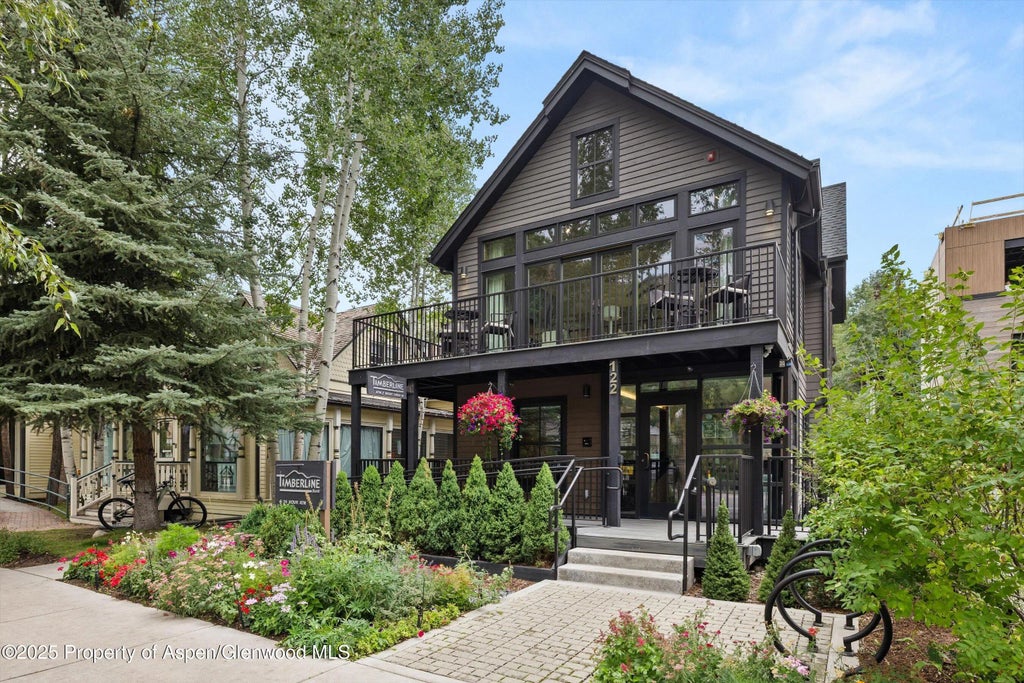
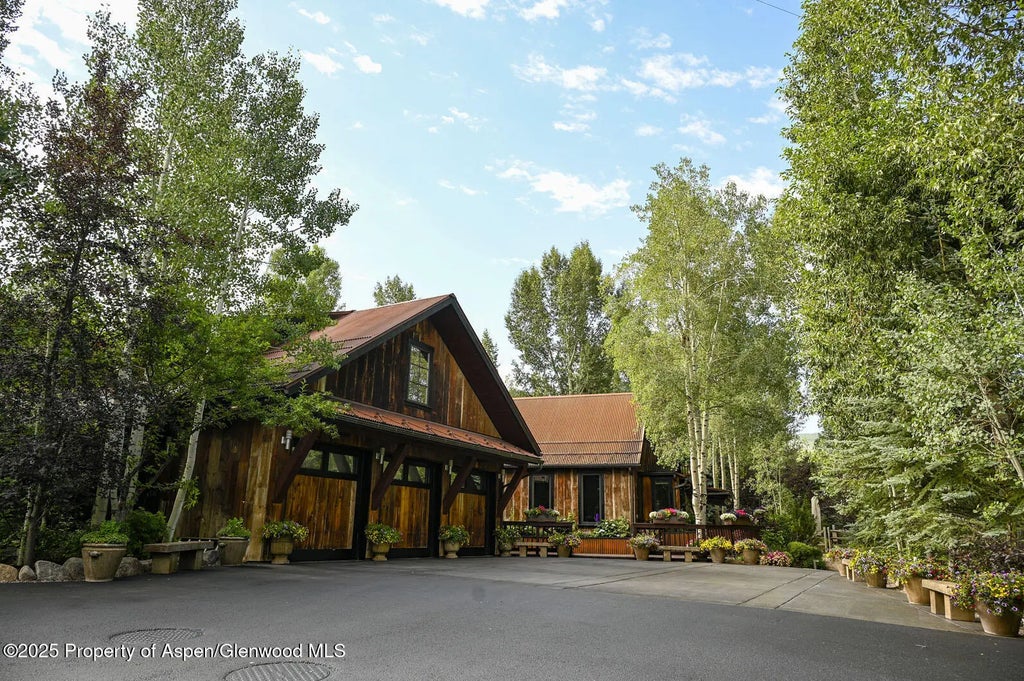
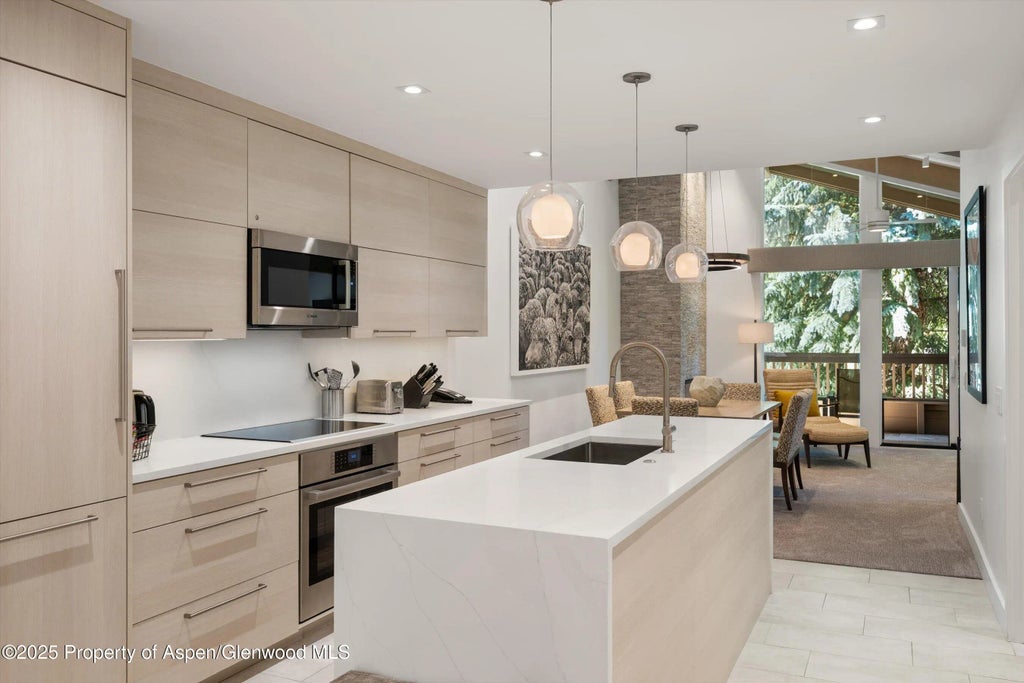
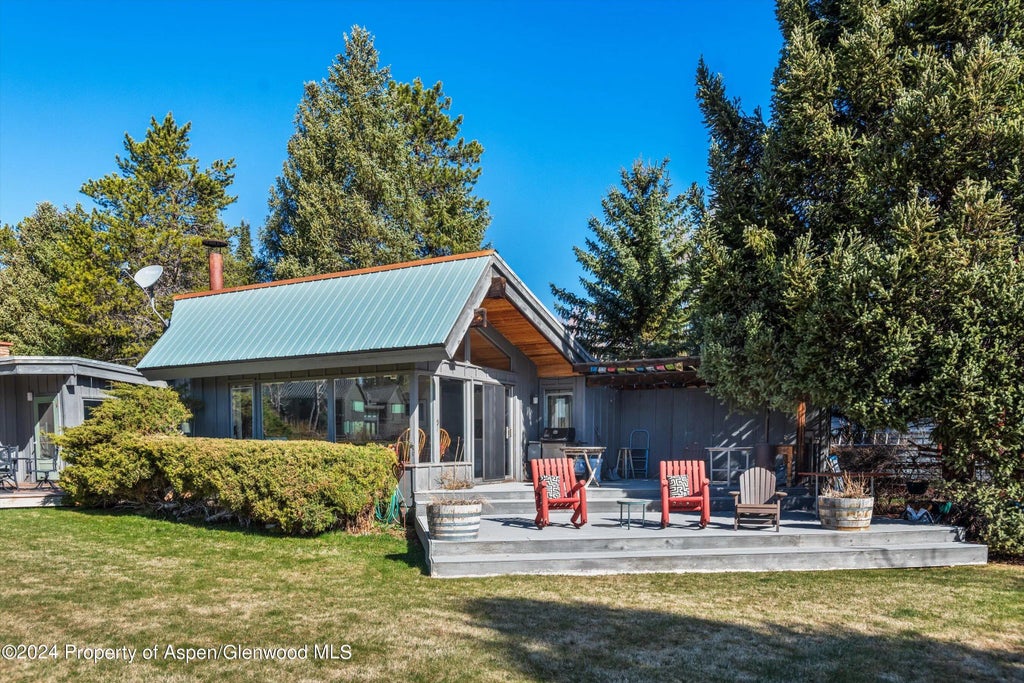
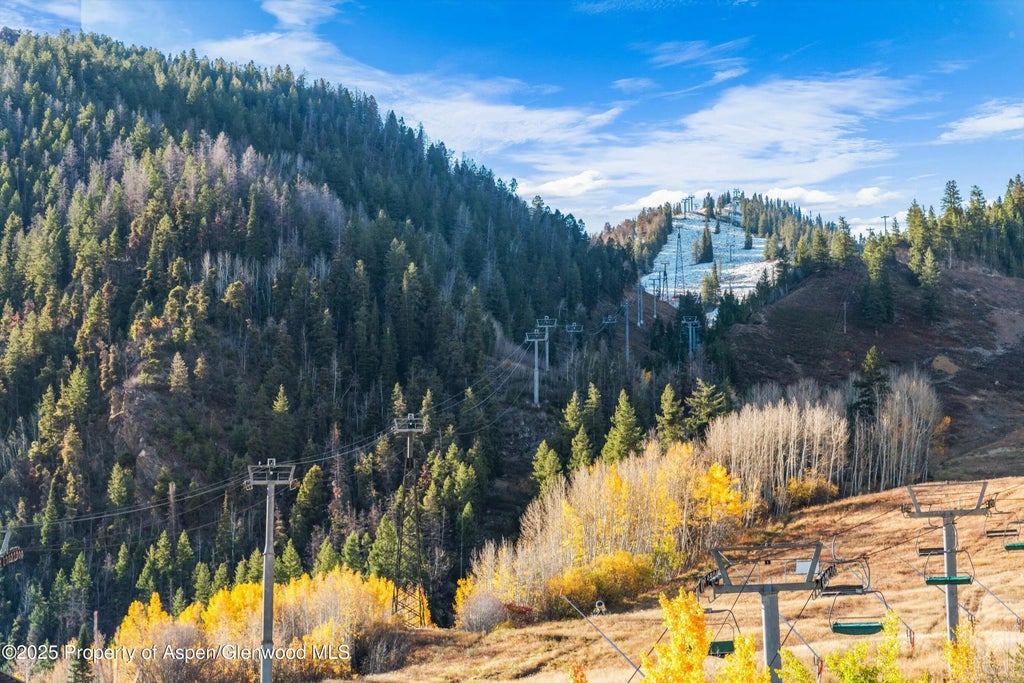
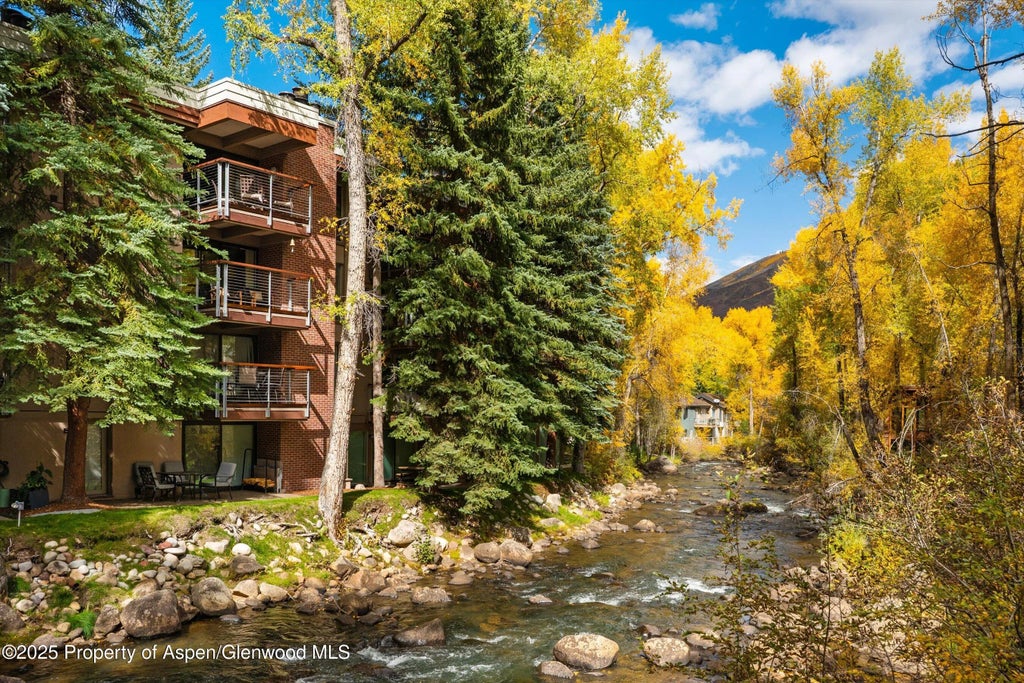
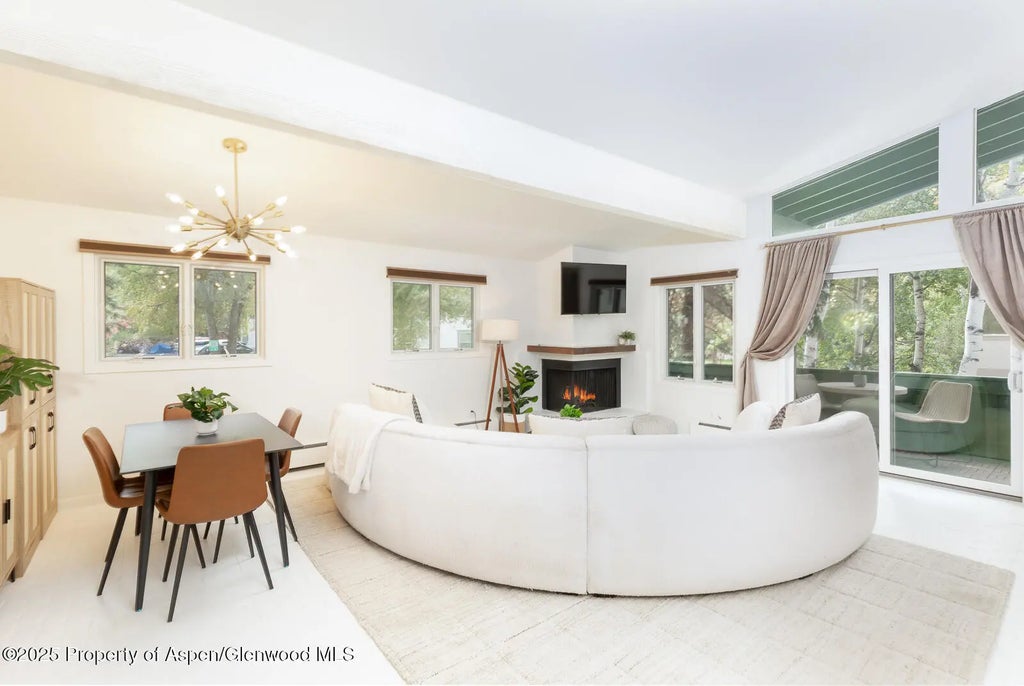
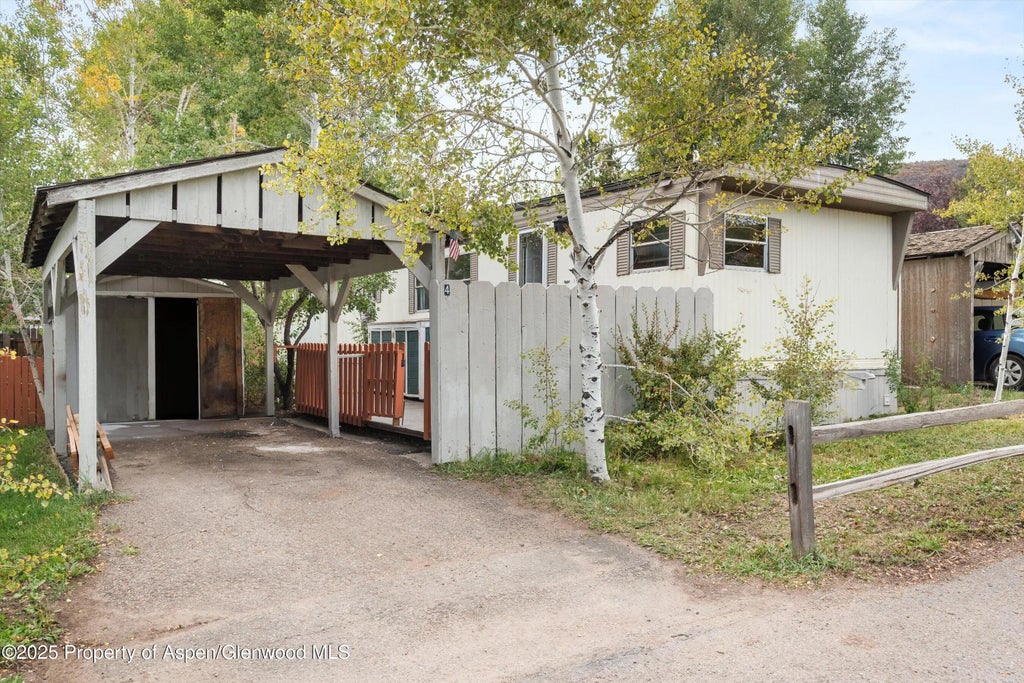
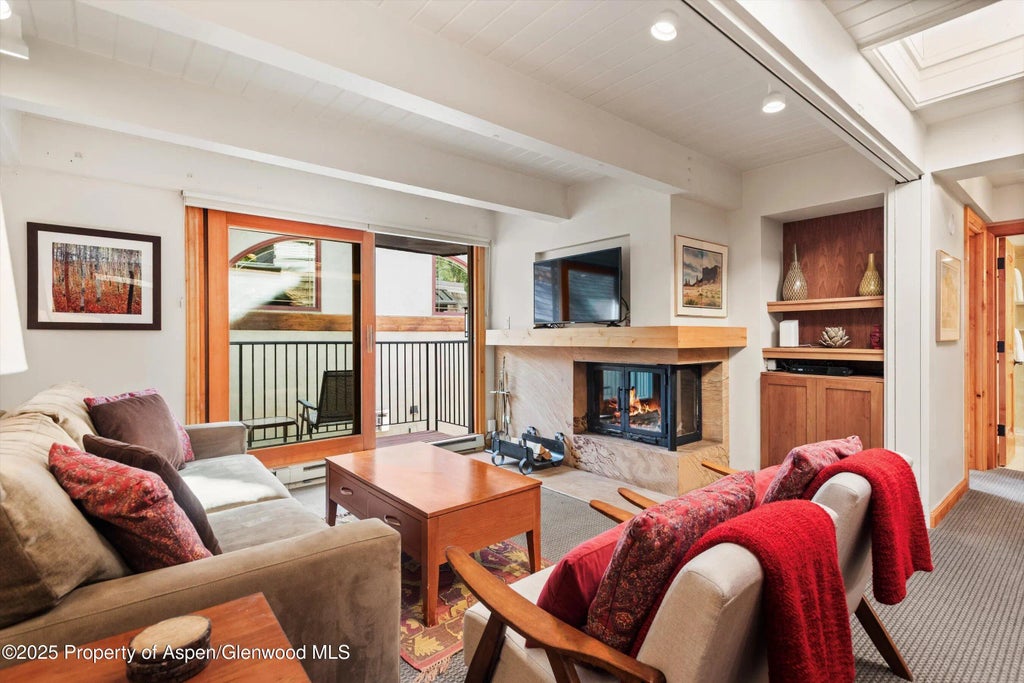
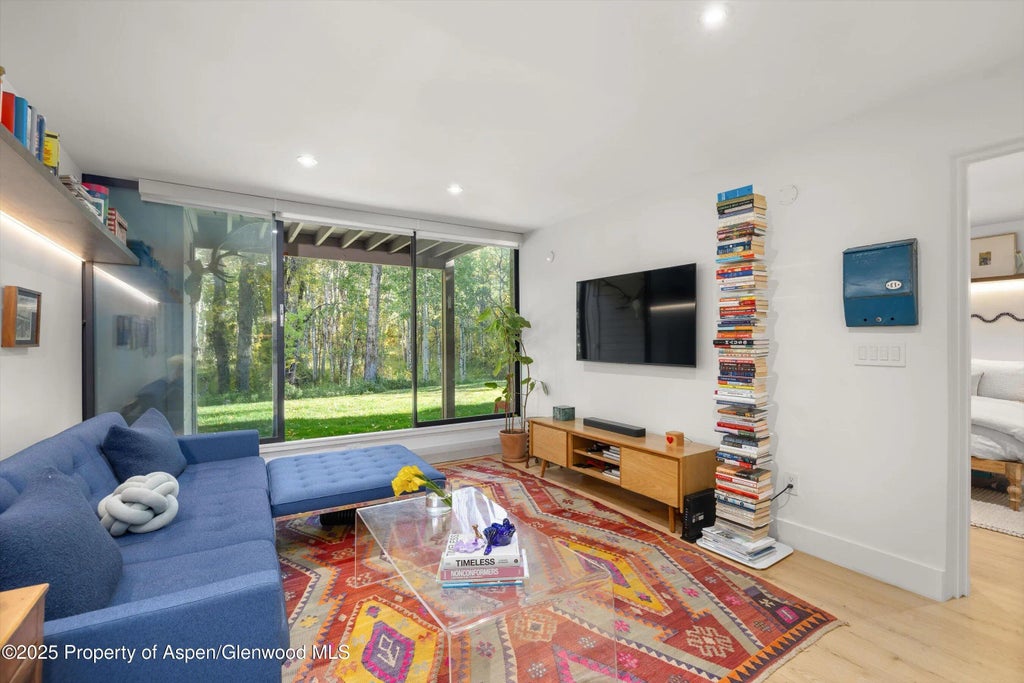
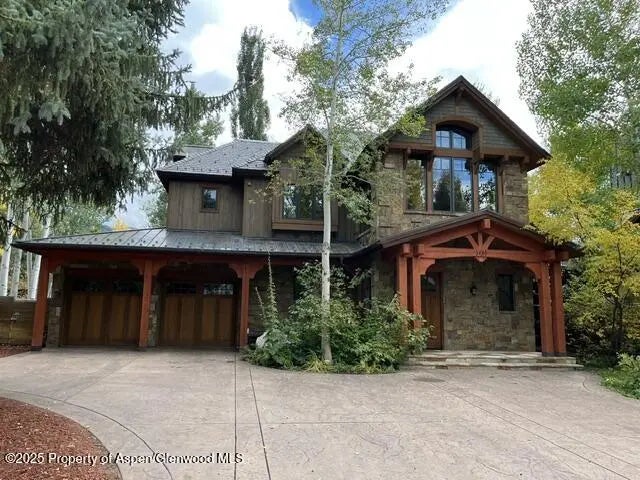
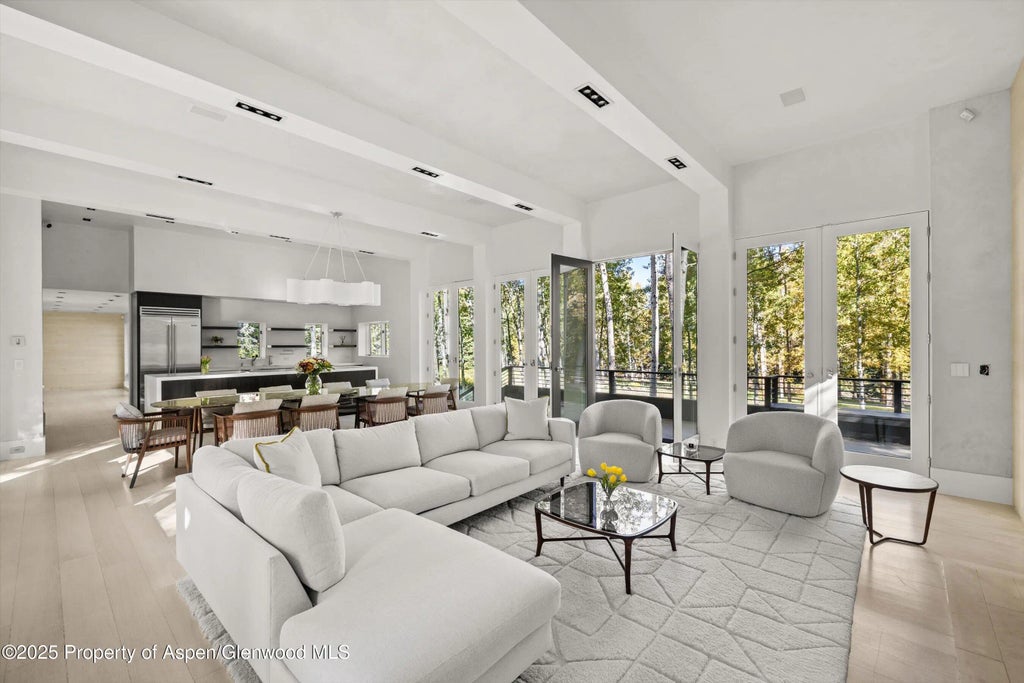
Leave A Comment